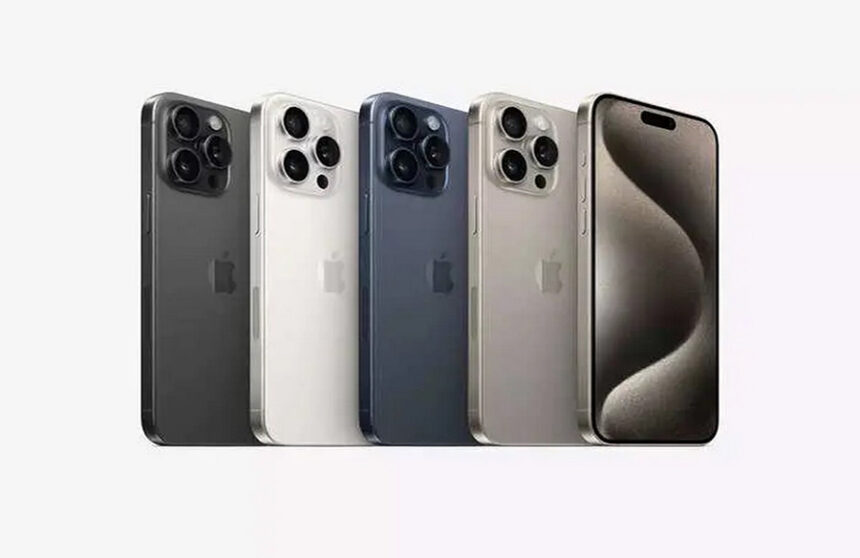In 2023, Apple asserted its dominance in the global smartphone market, with its iPhones securing seven out of the top ten spots for the most sold smartphones worldwide. This achievement follows Apple’s historic milestone of surpassing Samsung to claim the title of the world’s leading smartphone maker.
Apple’s Impressive Performance
According to a report by Canalys, the top ten list of best-selling smartphones prominently features seven iPhones alongside three Samsung devices. Among Apple’s lineup, its premium offerings, including the iPhone 14 Pro Max and the iPhone 15 Pro Max, emerged as frontrunners, with sales figures reaching 34 million and 33 million units, respectively.
Success of Latest iPhone Models
The report highlights the remarkable performance of Apple’s latest releases, with the iPhone 15 Pro and iPhone 15 securing the seventh and tenth positions, respectively, with sales figures of 21 million and 17 million units. Even the older iPhone 13, launched in a previous year, maintained its strong presence on the list, clinching the fifth spot with sales totaling 23 million units.
Samsung’s Performance
In contrast to Apple’s premium dominance, Samsung’s mid-range offerings showcased notable success in the market. The top-selling smartphones from Samsung predominantly belong to its Galaxy A series, with the Galaxy A14 4G leading the pack with 21 million units sold. Notably, Samsung’s flagship Galaxy S series did not secure any spots on the top-selling list.
Focus on Mid-Range Smartphones
Samsung’s strategic emphasis on mid-range smartphones proved fruitful, with devices like the Galaxy A54 5G and the Galaxy A14 5G garnering significant sales figures of 20 million and 19 million units, respectively. The inclusion of a 4G smartphone, the Galaxy A14 4G, further highlights Samsung’s diversified product portfolio catering to various market segments.
Apple’s remarkable performance underscores its continued popularity and consumer appeal, while Samsung’s focus on mid-range offerings reflects evolving market trends and consumer preferences in the competitive smartphone landscape.



Leave a Reply